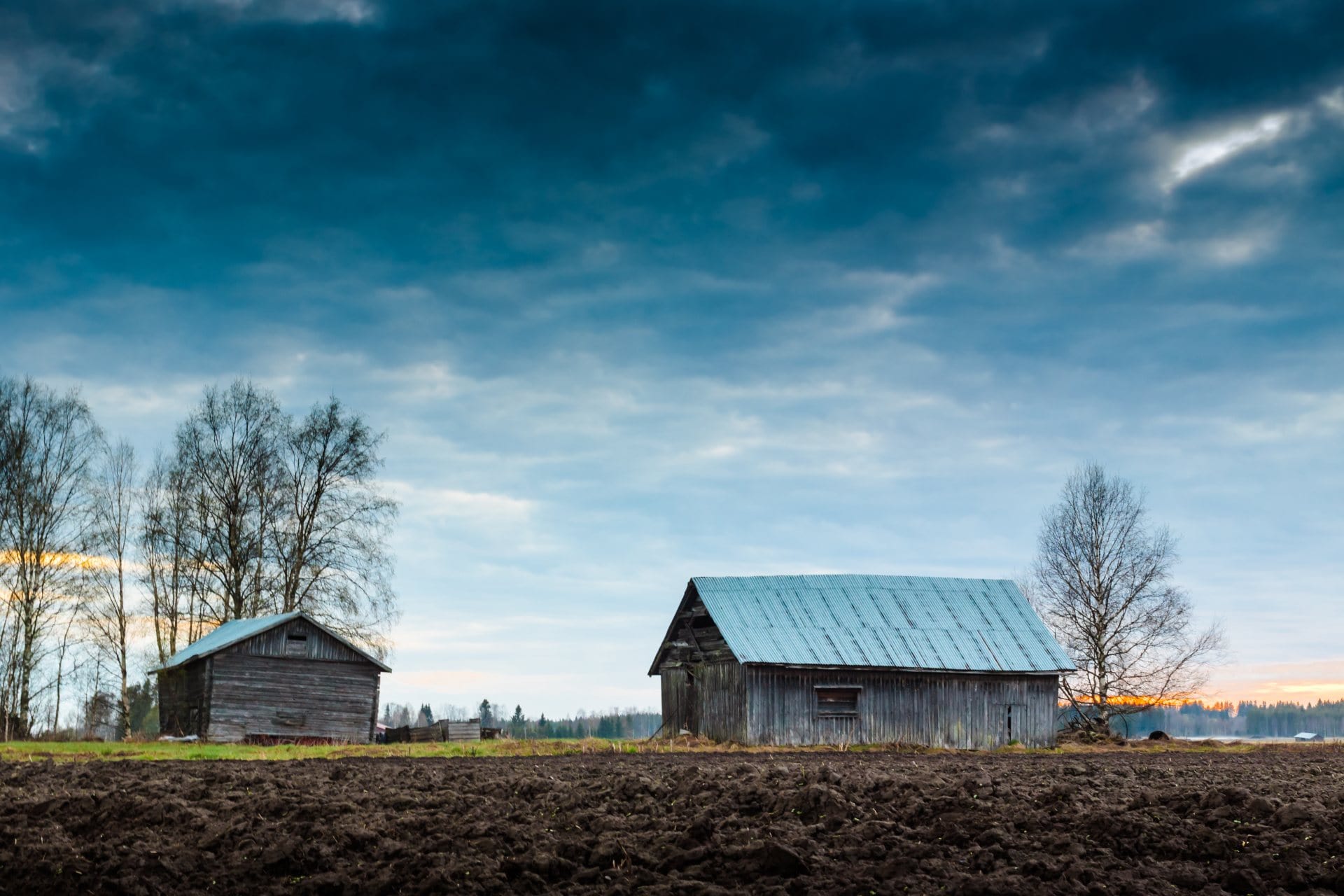Permaculture Farm Design: 6 Essential Maps for Sustainable Agriculture
Antony Thilak W |
24 May, 2023 |

Introduction:
Permaculture, a sustainable farming approach, aims to mimic natural ecosystems by embracing diversity, interdependence, and conservation. Maps play a pivotal role in permaculture farm design, providing visual aids to plan and optimize different elements of the system. In this blog, we will delve into the significance of six essential maps that assist in creating successful and sustainable permaculture farm designs.
1. Site Analysis Map: Assessing the Foundations
The site analysis map serves as an overview of the farm's physical characteristics, including topography, soil types, water sources, and microclimates. This map helps identify challenges and opportunities, aiding decisions regarding the placement of various farm elements. By understanding the site's unique attributes, permaculture practitioners can make informed design choices.
2. Zoning Map: Spatial Organization and Efficiency
Zoning involves dividing the farm into different areas based on usage frequency and element requirements. The zoning map provides a spatial organization blueprint, allocating specific zones for production, animal husbandry, water management, and human habitation. This map helps prioritize design elements according to their importance and maintenance needs, ensuring efficient use of resources.
3. Sector Analysis Map: Harnessing External Influences
The sector analysis map identifies external factors that impact the farm, such as wind patterns, solar exposure, water flows, and wildlife activity. Understanding these influences allows permaculture designers to optimize the farm's layout to harness beneficial factors while mitigating negative impacts. By aligning the design with natural forces, the farm can thrive sustainably.
4. Water Management Map: Utilizing a Precious Resource
Water is a vital element in permaculture farm design. The water management map pinpoints water sources and flows directions on the site. This map facilitates the design of water-capturing features like swales, ponds, and irrigation systems, maximizing the farm's water utilization. By efficiently managing water, permaculture farms can reduce reliance on external sources and enhance resilience.
5. Planting Map: Nurturing a Bountiful Landscape
A planting map involves detailed planning for the strategic placement of plants on the farm. Factors like sunlight availability, soil characteristics, and water access are considered to create a diverse and complementary planting scheme. By optimizing plant arrangements, permaculture practitioners maximize productivity while promoting ecosystem health and resilience.
6. Access Map: Harmonizing Movement and Function
An access map outlines the placement of pathways, roads, and infrastructure on the farm. It takes into account the safe and efficient movement of humans and animals while minimizing disturbance to the ecosystem. A well-designed access map ensures smooth operations and enhances the overall functionality of the farm.
Conclusion:
Designing a Thriving Permaculture Farm
In conclusion, maps are indispensable tools for permaculture farm design, enabling visual representation and informed decision-making. The use of site analysis, zoning, sector analysis, water management, planting, and access maps empowers permaculture practitioners to create successful and sustainable farm designs.
Integration is a fundamental principle in permaculture farm design. By incorporating elements such as animals, water management systems, and nutrient cycles, farmers create closed-loop systems that optimize resource utilization and reduce waste. This holistic approach fosters self-sufficiency and regenerative practices, aligning with the core principles of permaculture.
With the aid of these maps and a commitment to sustainable practices, permaculture farmers can cultivate thriving farms that yield abundant harvests, support biodiversity, and contribute positively to the planet.
By utilizing these six interconnected maps, permaculture farmers can optimize their farm design and maximize productivity while minimizing environmental impact. Whether it's farm plots near Bangalore, farm land for sale in Bangalore, or a farmhouse for sale near Bangalore, the principles of permaculture can be applied to create thriving and self-sustaining agricultural systems that benefit both people and the planet.
